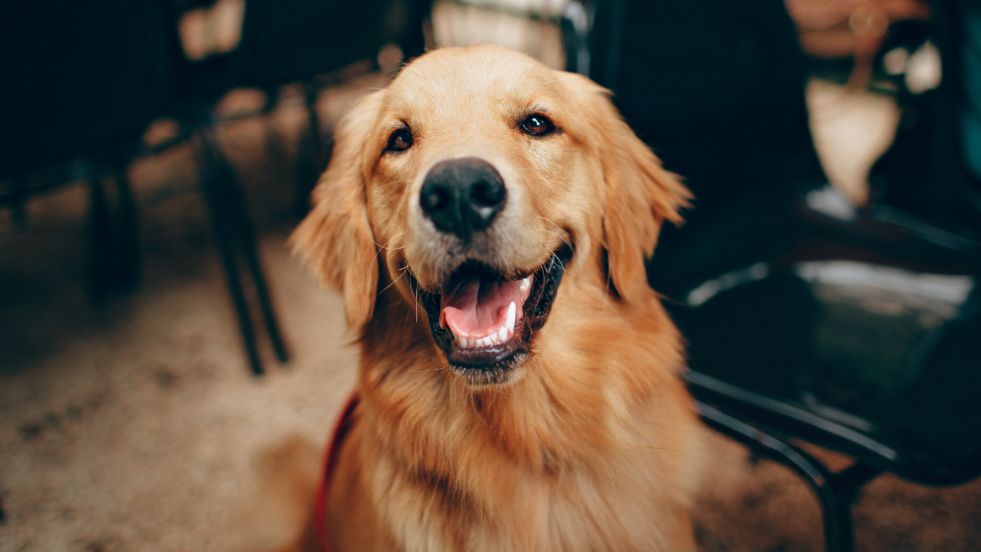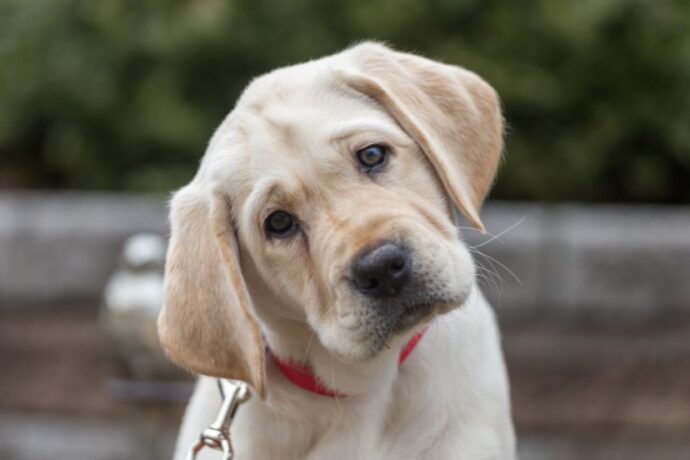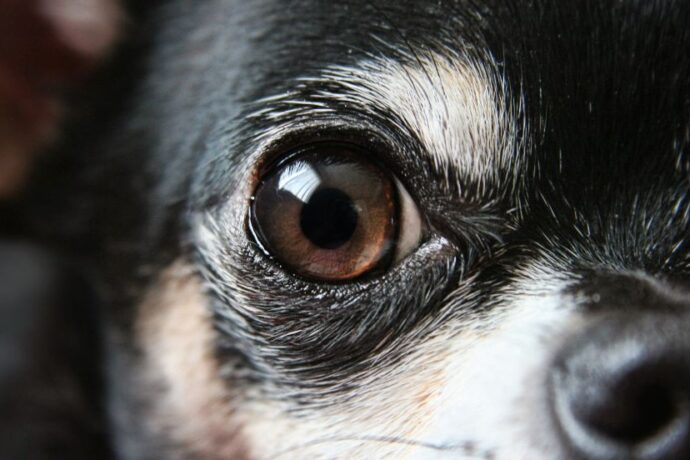Dogs have been called “man’s best friend” for thousands of years, but their journey from wild wolves to loyal companions is one of the most fascinating stories in human history. Scientists believe that the domestication of dogs began at least 15,000 to 30,000 years ago, making them the first animal species humans ever domesticated.
In this detailed exploration, we’ll uncover the origins of domesticated dogs, their changing physical traits, evolving behavior, and the science behind our enduring bond. From ancient hunting partners to today’s beloved pets, this is the extraordinary tale of dogs through the ages.
From Wolves to Woofs: The Origins of Domesticated Dogs
Archaeological evidence suggests that modern dogs (Canis lupus familiaris) evolved from gray wolves around 15,000 to 30,000 years ago. However, the exact timeline is still debated among scientists.
Genetic studies, including a landmark analysis published in Nature (2016), reveal that dogs were domesticated independently in different regions — possibly in both Europe and East Asia (1). Early humans likely formed a mutualistic relationship with wolves:
- Wolves scavenged near human camps for food scraps.
- Humans benefited from wolves’ hunting assistance and protection from predators.
- Over time, the friendlier, less aggressive wolves were allowed closer, eventually evolving into the first domesticated dogs.
Interestingly, the oldest known dog remains were found in Germany, dating back roughly 14,000 years, buried alongside humans — a sign of the deep bond that was already forming.
Evolution of Dogs’ Physical Traits
Domestication didn’t just change behavior — it reshaped dogs’ bodies and appearances. Compared to their wolf ancestors, domesticated dogs exhibit:
- Smaller skulls and shorter snouts – a result of reduced dependence on hunting.
- Floppy ears and curled tails – traits associated with domestication syndrome.
- A wide range of coat colors and textures – influenced by selective breeding.
- Varied sizes – from the tiny Chihuahua to the towering Great Dane, dogs now display the largest size diversity among any mammal species.
According to a study in Science (2010), selective breeding over thousands of years amplified specific traits — whether for herding, guarding, companionship, or hunting — leading to the diversity of breeds we know today (2).
From Hunters to Helpers: Changes in Behavior
The domestication of dogs also brought significant behavioral adaptations:
- Increased sociability: Dogs developed a unique ability to read human emotions and gestures, something even closely related animals like wolves can’t do as effectively.
- Reduced aggression: Early humans selectively bred dogs for friendlier temperaments, making them safer companions.
- Enhanced trainability: Domestication favored dogs that could understand commands and work alongside humans.
A groundbreaking study published in Science (2009) found that dogs have genetic similarities to humans in oxytocin production, explaining why the human-dog bond feels so natural (3)(4).
Dogs as Companions: From Survival Partners to Family Members
Initially, domesticated dogs served practical roles — hunting, herding, guarding, and hauling. But as human societies evolved, so did the role of dogs:
- Ancient Egypt: Dogs were revered, often depicted in art, and even mummified to join their owners in the afterlife.
- Ancient Rome & Greece: Dogs served as loyal guards and symbols of status.
- Middle Ages: Dogs became valued hunting companions and watchdogs.
- Modern Era: Dogs transitioned into beloved family members, emotional support animals, and even therapy companions.
Today, over 65 million households in the U.S. own at least one dog (American Pet Products Association, 2024). Our furry friends are no longer just helpers — they’re part of the family (5)(6).
The Rise of Dog Breeds: Diversity Through Selective Breeding
Over thousands of years, humans selectively bred dogs to enhance specific traits — speed, size, intelligence, temperament, and appearance. Today, there are more than 340 recognized dog breeds worldwide, according to the American Kennel Club (AKC) (7).
Breeds are typically categorized based on function:
- Working Dogs – e.g., Siberian Huskies, Rottweilers (sled pulling, guarding).
- Herding Dogs – e.g., Border Collies, Australian Shepherds (livestock management).
- Hound Dogs – e.g., Beagles, Greyhounds (scent and sight hunting).
- Toy Dogs – e.g., Pomeranians, Chihuahuas (companionship).
- Sporting Dogs – e.g., Labradors, Golden Retrievers (game retrieval).
- Non-Sporting Dogs – e.g., Bulldogs, Dalmatians (varied roles and appearances).
Each breed has a unique history, purpose, and personality, reflecting how closely humans have shaped canine evolution.
Related Canids: Dogs and Their Wild Cousins
Domesticated dogs belong to the Canidae family, which includes:
- Gray Wolves (Canis lupus): The direct ancestors of dogs.
- Coyotes (Canis latrans) are known for their adaptability and occasional hybridization with dogs.
- Jackals and Foxes: More distant relatives, sharing some behavioral traits but not closely related genetically.
Recent studies using DNA sequencing show that while dogs and wolves diverged thousands of years ago, they still share up to 98.8% of their genetic makeup.
Scientific Insights into Dog Domestication
Multiple studies have deepened our understanding of dogs’ domestication:
- A 2016 Nature study revealed two separate domestication events — one in Asia and another in Europe (8).
- Research in Science Advances (2019) showed that dogs evolved to digest starch-rich human diets, giving them a survival advantage around early agricultural settlements (9).
- Neuroimaging studies have demonstrated that dogs’ brains respond positively to human voices and scents, reinforcing the emotional bond between species (10).
These findings highlight that our partnership with dogs is not just historical but biologically ingrained.
FAQs Frequently Asked Quetions
1. When were dogs first domesticated?
A. Dogs were domesticated between 15,000 and 30,000 years ago, making them the first domesticated animal in human history.
2. Did all dogs evolve from wolves?
A. Yes, all modern domesticated dogs share a common ancestor with gray wolves, though selective breeding over millennia has dramatically diversified their traits.
3. Why do humans and dogs bond so deeply?
A. Studies show that dogs and humans share oxytocin-driven social bonding, similar to the connection between parents and children. This biological mechanism strengthens emotional ties.
Conclusion:
The history of domesticated dogs is a story of evolution, survival, and love. From their origins as wild wolves scavenging around human camps to their roles as working partners, protectors, and companions, dogs have been by our side for tens of thousands of years.
Today, they’re not just pets — they’re family members, therapists, and even heroes. Our shared history proves one thing: the bond between humans and dogs is as old as civilization itself and continues to grow stronger every day.
References:
1. The natural history of domestic dogs across the world
2. Genetic selection of athletic success in sport-hunting dogs
3. The role of oxytocin in relationships between dogs and humans
4. Human–canine bond
5. Industry Trends and Stats
6. Pet ownership in the U.S
7. Dog Breeds
8. The ‘heritability’ of domestication and its functional partitioning in the pig
9. Diet adaptation in dog reflects spread of prehistoric agriculture
10. Advances in neuroscience imply that harmful experiments in dogs are unethical











